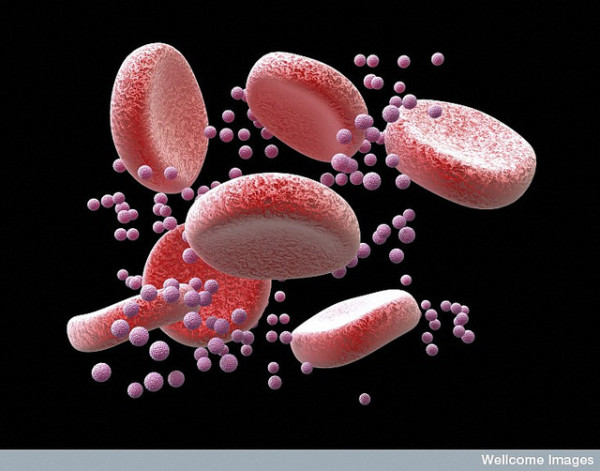Have you heard the news? There is a new virus on the rise, and while it may not be very dangerous to us, it may potentially be so for our unborn children. What is it? The Zika virus! It is transmitted through the bite of an infected Aedes species mosquito. Only one out of five infected people show symptoms, and the symptoms usually pass within a week. As a result, it is not a particularly dangerous disease. However, due to the rise in the rates of Zika, the World Health Organization issued a Public Health Emergency of International Concern for this disease because it has the ability to travel from a mother to her fetus via the placenta. Consequently, concern now surrounds the issue of birth defects due to the disease.
The Zika outbreak was first detected in Brazil in early 2015, and there has since been a corresponding increase, about 4,500 cases to date, in microcephaly, a condition in which newborns have smaller than an average head size and potential neurological problems in the future. A fewer number of cases have also linked Zika to the central nervous system (CNS, comprised of the brain and spinal cord), deficiencies in which eventually led to fetal death. And now, a different type of case has also been discovered.
Image Source: Mario Tama
The patient was a 20-year old pregnant woman with no signs of Zika symptoms and also tested negative for HIV, rubella, Hepatitis C, and more. She appeared completely healthy, with a projected normal pregnancy. However, by the eighteenth week, the fetus’s weight was lower than normal and by the 30th week, it showed signs of defects. Labor was induced by the 3oth week, and the baby was stillborn. Zika was present, and it was the same prevalent strain seen since the outbreak began. However, in addition to microcephaly, the baby also showed signs of hydrops fetalis, arthrogryposis, and hydranencephaly. For the first time, non-CNS (central nervous system) defects were seen alongside fetal death. This showed that Zika had the potential to cause enough damage to lead to stillbirth, defects in the CNS, or defects outside of CNS.
Although this is only one patient, it poses many potential ramifications for the effects of the Zika virus on fetuses. Zika has already been shown to cross the placenta in earlier case studies. It may not pose a mortal threat to us right now, but it has proven to be a deadly threat to our babies. For now, further tests definitely need to be performed, and more case studies need to be analyzed in order to confirm the full effects of Zika on both the general and pregnant population.
Feature Image Source: B0010827 Zika virus particles and red blood cells, illustration by Wellcome Images










